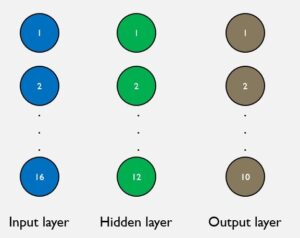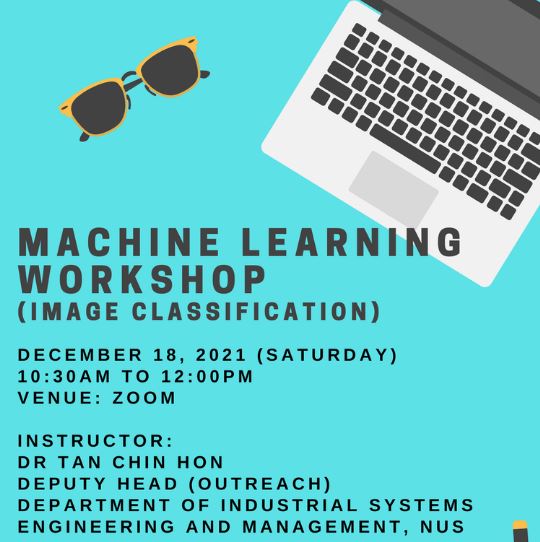
Machine learning enables businesses to speed up the pace of work, reduce errors and improve accuracy. One example of this is image classification where a machine processes images along a production line to identify defective products.
The ability to train machines to recognize images presents a huge opportunity for many organizations. In particular, visual tasks that are currently performed by humans can potentially be automated, resulting in significant cost savings.
Recently, I conducted a short image classification workshop. In that workshop, we explain the basics behind how a machine can be trained to recognize different images. In addition, we had a step-by-step guided segment where participants built their own image classifier in MS Excel.

The images were made up of 28 by 28 pixels (i.e., 784 input values). Conditional formatting was used to help viewers visualize the images (see image below).
To keep things simple, we used a small neural network to implement this. In particular, we only had 16 nodes in our input layer, 12 nodes in a single hidden layer and 10 output nodes. We reduced the 784 input values into just 16 values where each value is obtained by taking the average of 7 X 7 pixels. You can think of this as a very simple image compression (although I will have problems restoring back the original image, but I don’t have to worry about that here).
The node values were computed using Rectified Linear Unit (ReLU) activation functions which are very simple functions that can easily be executed in MS Excel.
You can view the video below for full details: Download template | | Download solution
Dr TAN Chin Hon 5 Jan 2022
Recording of workshop on YouTube

Screenshot of MS Excel spreadsheet


